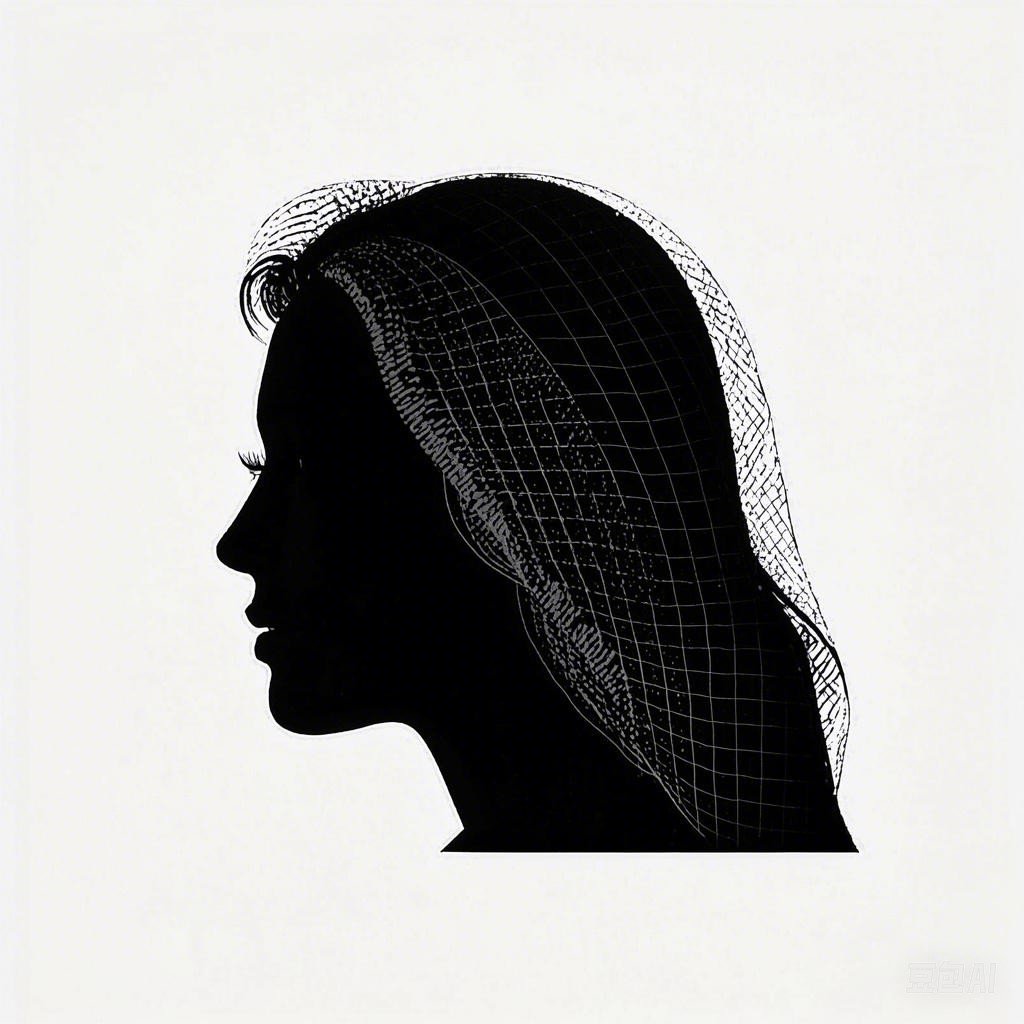Introduction
Love stories have been a timeless source of inspiration and entertainment, capturing the essence of human emotions and the complexities of romantic relationships. In English literature, love stories have been portrayed in various forms, from classic novels to contemporary short stories. This article delves into the captivating world of love stories in English, exploring their evolution, key themes, and some notable examples.
Evolution of Love Stories
Ancient and Medieval Periods
The roots of love stories in English literature can be traced back to ancient and medieval times. During this period, love was often depicted as a divine intervention or a force beyond human control. Works like Chaucer’s “The Canterbury Tales” and Shakespeare’s “Romeo and Juliet” showcase the romantic love that defies societal norms and the tragic consequences that follow.
Victorian Era
The Victorian era saw a shift in the portrayal of love stories. Novels like Charles Dickens’ “Great Expectations” and Emily Brontë’s “Wuthering Heights” explore complex relationships and the psychological impact of love. These stories often delve into themes of class, social status, and the struggle for individual freedom.
Modern Era
In the modern era, love stories have evolved to encompass a wider range of emotions and experiences. Contemporary authors like J.K. Rowling, Nicholas Sparks, and Alice Walker have contributed to the genre by exploring diverse love stories that resonate with readers from all walks of life.
Key Themes in Love Stories
Romantic Love
Romantic love, the quintessential theme of love stories, revolves around the intense emotional connection between two individuals. It often defies societal norms and requires the protagonists to overcome various obstacles to be together.
Love and Loss
Love and loss go hand in hand in many love stories. The pain of separation, the longing for a lost love, and the healing process after heartbreak are common themes that resonate with readers.
Love and Society
Love stories often reflect the social and cultural context of their time. Issues like class, race, and gender play a significant role in shaping the relationships between the protagonists.
Love and Self-Discovery
Many love stories revolve around the personal growth and self-discovery of the characters. The journey of finding one’s true self through love and relationships is a recurring theme in English literature.
Notable Love Stories
Shakespeare’s “Romeo and Juliet”
Arguably the most famous love story in English literature, “Romeo and Juliet” tells the tragic tale of two young lovers from feuding families. Their love transcends societal boundaries but ultimately leads to their demise.
Jane Austen’s “Pride and Prejudice”
This classic novel explores the complexities of love and marriage in early 19th-century England. Elizabeth Bennet and Mr. Darcy’s relationship evolves from mutual dislike to deep affection, emphasizing the importance of understanding and communication.
J.K. Rowling’s “Harry Potter” Series
While not a traditional love story, the “Harry Potter” series explores the deep bond between Harry Potter and his friends, particularly Hermione Granger and Ron Weasley. The series highlights the power of love, friendship, and sacrifice.
Conclusion
Love stories in English literature have captivated readers for centuries, offering a window into the human heart and the complexities of romantic relationships. From ancient epics to modern novels, these stories continue to inspire, entertain, and provoke thought. As we explore the rich tapestry of love stories in English, we are reminded of the timeless nature of love and its profound impact on our lives.
